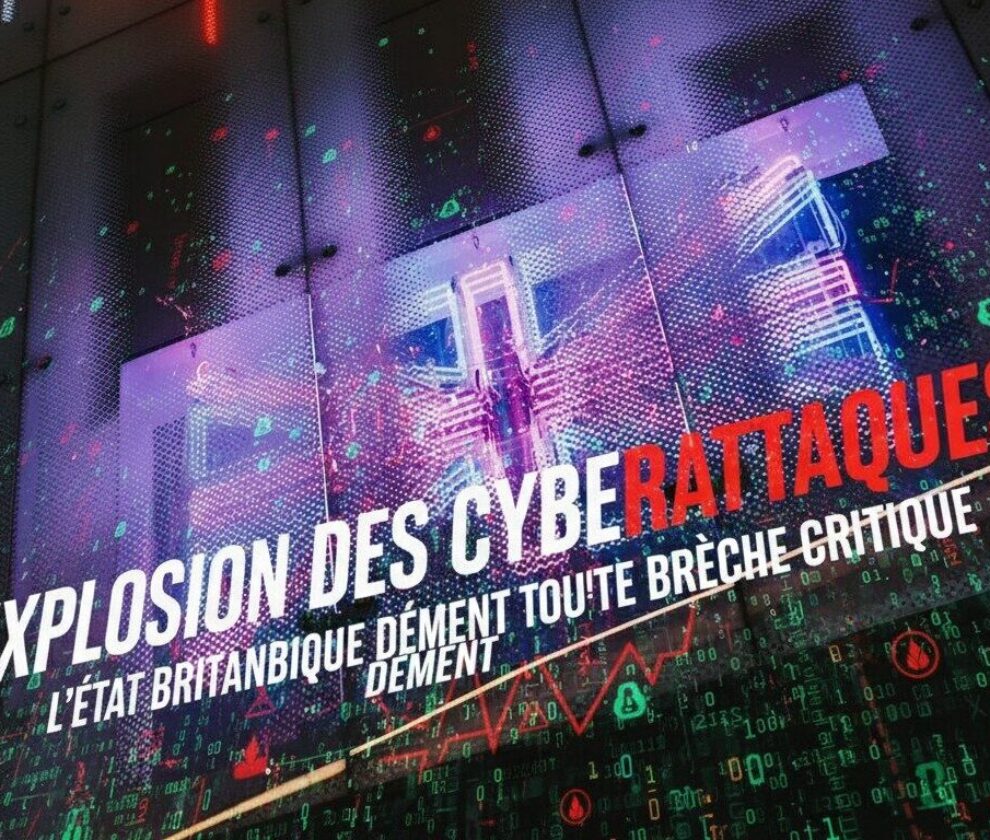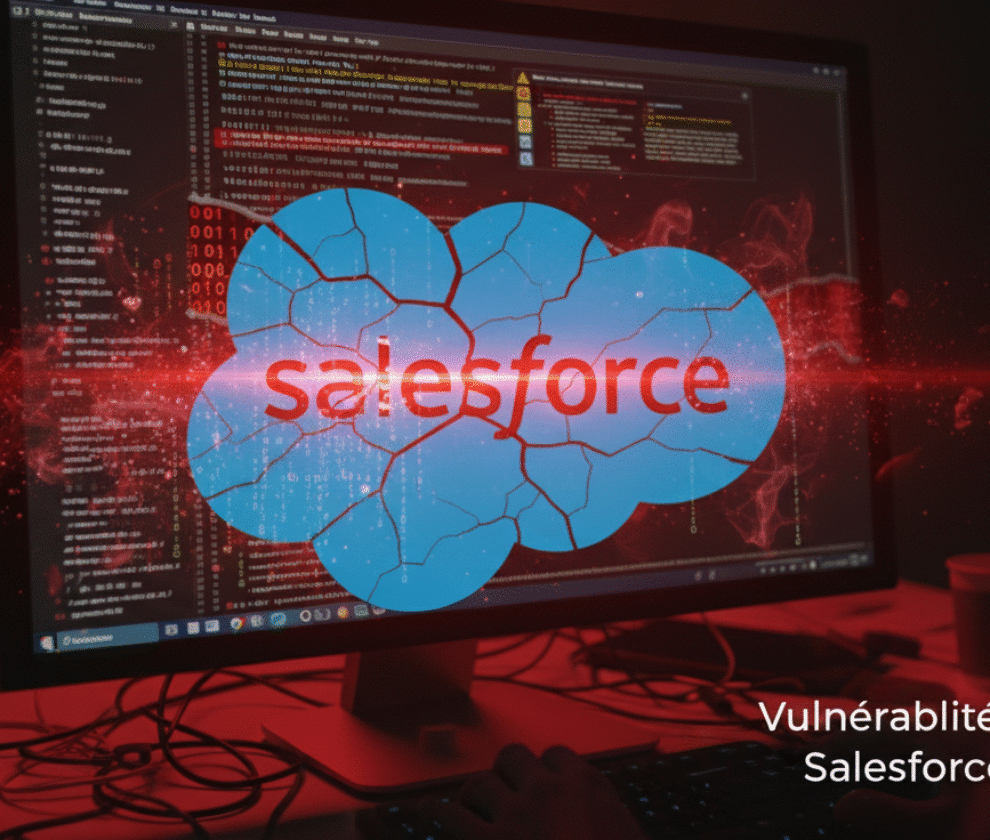In October 2025, the renowned London-based luxury yacht design firm, bannenbergandrowell.com, became the latest victim in a sophisticated ransomware attack orchestrated by the cybercriminal group known as SAFEPAY. This incident highlights the growing vulnerability of high-profile luxury businesses to cyber extortion and serves as a wake-up call for companies in similar sectors.
Background of the Cyberattack
Bannenberg & Rowell, celebrated for their exclusive and meticulously curated yacht designs for the global elite, presented an attractive target for cybercriminals. While there is no evidence of stolen or leaked data, the mere association with a breach like this raises significant concerns about safeguarding the sensitive information luxury companies manage daily.
Understanding the Attacker: SAFEPAY
SAFEPAY is a notorious ransomware group known for its advanced tactics. Their modus operandi revolves around threatening businesses with data breaches, often demanding hefty payouts to return encrypted files or to refrain from publishing stolen data. In this case, no leaked files have surfaced, according to metadata from SAFEPAY’s dark web channels, but their reputation precedes them.
Implications for the Luxury Design Industry
The luxury sector, including yacht design firms like bannenbergandrowell.com, relies heavily on a small number of high-value commissions. A tarnished reputation due to a breach can significantly impact the ability to attract new clients. Additionally, the fear of future breaches may prompt clients to explore alternative firms with proven cybersecurity measures in place.
Economic Impact
Although no immediate loss of revenue or disruption of services has been reported, the attack underscores potential financial risks such as increased cyber insurance premiums and lost business opportunities. Moreover, rebuilding trust among affluent clients can demand extensive additional resources.
Cybersecurity Best Practices to Prevent Attacks
Ransomware attacks can be mitigated or avoided with robust cybersecurity measures. Companies should consider the following:
- Implementing and maintaining regular offline data backups.
- Conducting phishing awareness training for all employees.
- Introducing network segmentation to limit attack propagation.
The Role of Governments and Organizations
Institutions like the US-CERT and France’s ANSSI play an essential role in educating businesses about cybersecurity threats. However, stronger international legal frameworks and closer public-private collaborations are necessary to track and penalize cybercriminals, particularly those operating in jurisdictions with limited oversight.
Future Strategies for Vulnerable Industries
High-value enterprises must adopt a proactive approach to cybersecurity to guard against sophisticated attacks. Strategies include:
- Conducting regular cybersecurity audits to identify vulnerabilities.
- Leveraging artificial intelligence and machine learning tools to detect anomalies and emerging threats.
- Partnering with cybersecurity consultants to ensure rapid incident response and recovery.
Conclusion
The SAFEPAY ransomware attack on bannenbergandrowell.com exemplifies the critical need for luxury industries to prioritize cybersecurity. As cybercriminal tactics evolve, businesses catering to high-value clients must invest in preventive measures and maintain robust incident response plans. Collaborative efforts between private firms and public organizations will be instrumental in safeguarding digital assets and preserving their reputation against future cyber threats.


